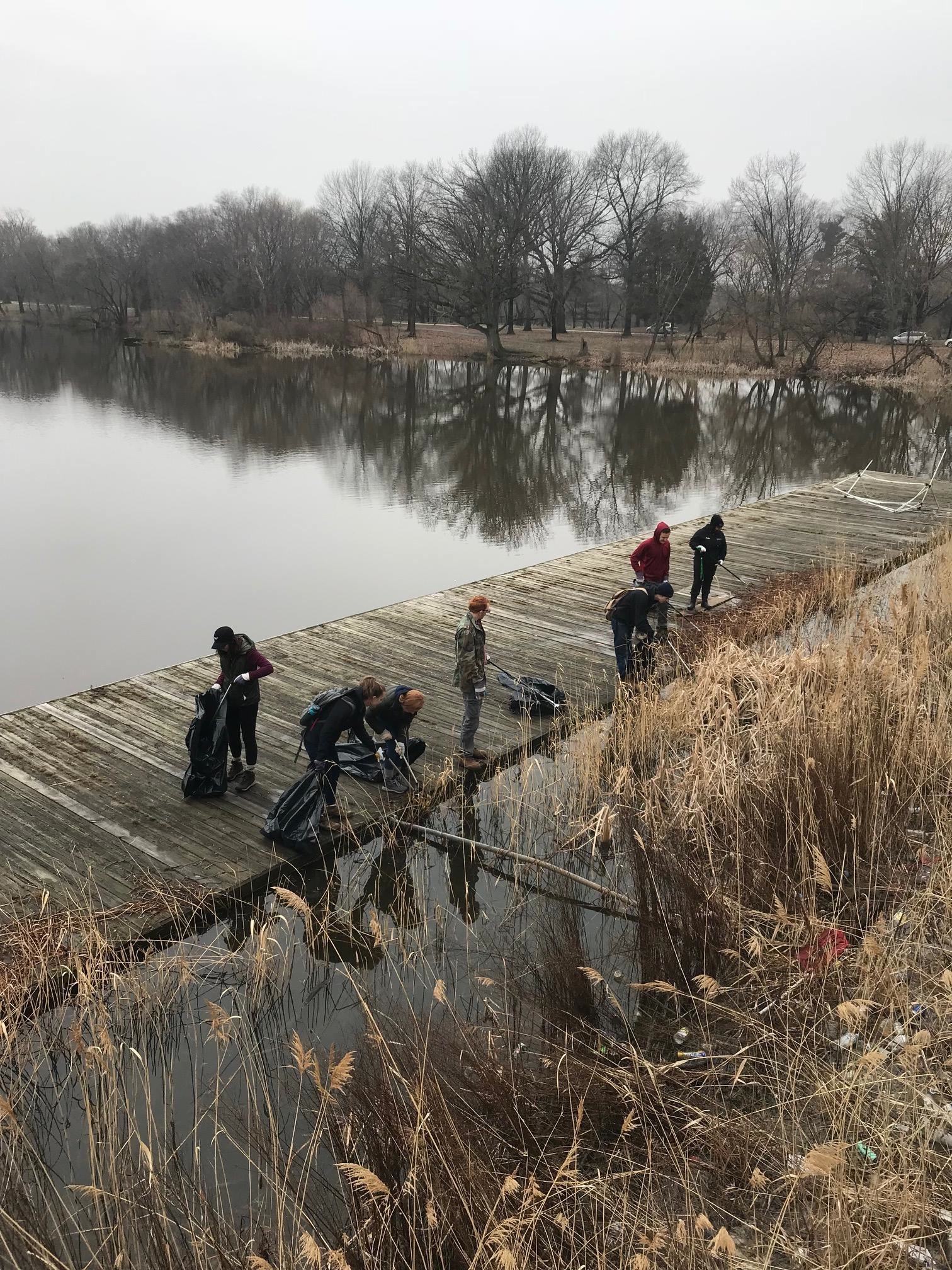A plan for rebirth in the works for South Philly’s FDR Park

With its bucolic lakes, verdant golf course, plentiful tennis courts, and picturesque wedding venue at the American Swedish Museum, Franklin Delano Roosevelt Park is kind of like a working man’s country club in deep South Philly.
With the annual dues set at the low cost of free, it’s an amenity everyone can afford to use. And, it seems, everyone does: the 350-acre park attracts a diverse set of users, from the early-morning duffers who hit the municipal links and Sunday afternoon Serenas smashing backhands on its 20 tennis courts, to the skateboarders soaring off the ramps under I-95 and baseball players catching fly balls on one of the park’s eight fields. On weekends, barbecuing families tend to grills next to rugby players tending wounds. All that use translates to a backlog of hard-earned maintenance and repair needs. To prioritize those needs and explore possibilities for expanding the park’s programming, the city and a group of partners have launched a nine-to-twelve month-long master planning process.
The Department of Parks and Recreation is working with the Fairmount Park Conservancy and Friends of FDR Park on a master plan to assess the park’s needs, identify priorities and develop ongoing strategies for the park’s maintenance and sustainability. The conservancy hopes to create a comprehensive roadmap, said Fairmount Park Conservancy project manager Lindsey Walker.
“Any issue you can think of needs to be addressed at FDR,” Walker said with a laugh. “The park is really heavily used, and it’s very deeply loved by many people. The ultimate goal of the plan is to create a shared vision for the future of the park and to create a framework for investing in the park to achieve that vision.”
FDR Park opened to great acclaim in 1921, designed by the Olmsted Brothers, the sons of America’s most famed landscape architect, Frederick Law Olmsted, designer of New York City’s Central Park and Prospect Park.
Today, cracks and potholes fracture the park’s looping roadway and shrubbery overtakes some of its paths, frustrating cyclists, runners and walkers. Silt and duckweed fill the lakes, limiting boating and fishing. “I think the most important thing is getting the basic maintenance and operations down for the park,” said Walker. “We know that’s an area that could use improvement.” “We know that the roads really need to be repaved, the sidewalks need to be repaired,” added Walker. “We’re aware of things like that.”
According to Walker, the planners will consider environmental concerns, as well.
“We are looking at everything from operations and maintenance, to programming and concessions, to the hydrology, ecology, natural land management aspects,” Walker said. “We’re looking a little bit at the buildings and how we are using them, we’re looking at circulation and transportation throughout the park. Really, the whole shebang.”
While the lakes are man-made, the waterways flowing in and out of them are part of the natural estuary that connects the Delaware and Schuylkill Rivers.
“The lakes are actually tidal,” said Walker. “Flooding is a major problem in the park, but that’s because the park is supposed to flood — it’s supposed to be a wetland — and we’re not currently really letting it do its job and its work in that way.”
Four years ago, a developer proposed building an indoor cycling track, or velodrome, at FDR Park. While that plan was rejected, it highlighted the need for a master plan to guide stewardship of the park, said Walker.
Philly-based designed firm WRT will lead the $200,000 planning process, funded in equal parts by parking concessions during Eagles Games, a William Penn Foundation grant and capital funds from Councilman Kenyatta Johnson, who represents the area. The planning process kicks off Monday with a private meeting of city, conservancy and neighborhood stakeholders. Public outreach will begin in earnest this summer. Interested residents can sign up for updates, including notices for upcoming public meetings, at the Fairmount Park Conservancy’s website, here.
According to Fairmount Park Conservancy Executive Director Jamie Gauthier, the planning team intends a multifaceted outreach approach for reaching the community.
“We will have traditional public meetings, but we’re also going to do on-site activities to try to grab users where they are, and we will be reaching out to folks who aren’t at the park, to try to get their input as well,” said Gauthier. “We’re talking about a temporary park planning booth, for example, where people can come in and help us — in a real easy way — to design the park.
“And,” Gauthier added, “we’re talking about incorporating arts and culture, as well as more traditional things like a survey.”
WHYY is your source for fact-based, in-depth journalism and information. As a nonprofit organization, we rely on financial support from readers like you. Please give today.



